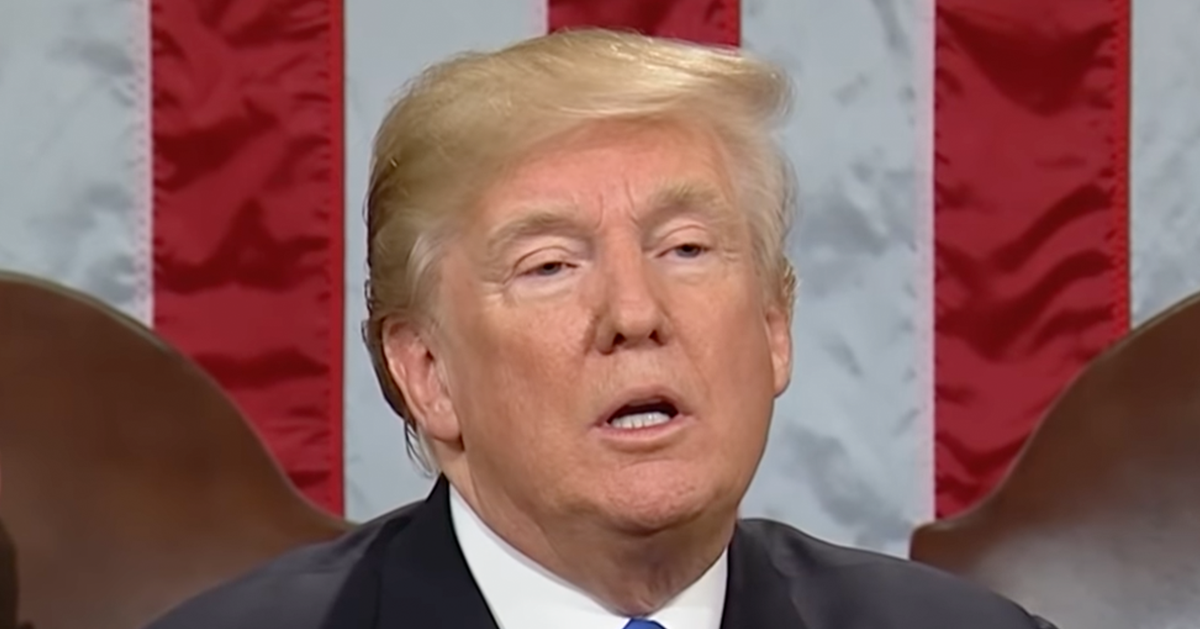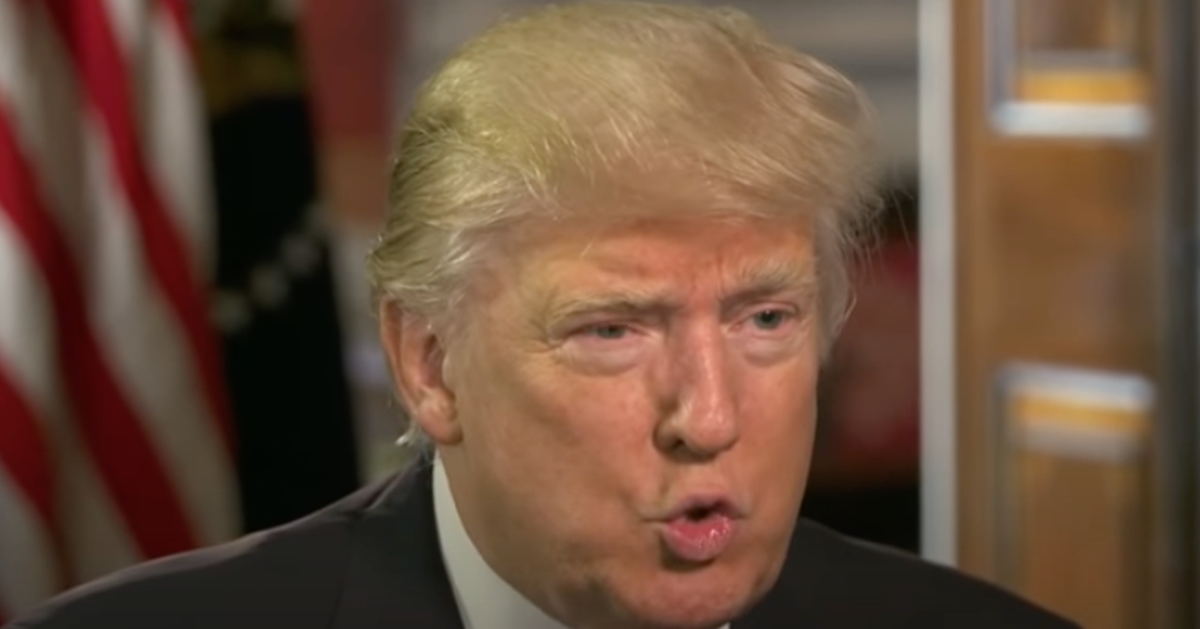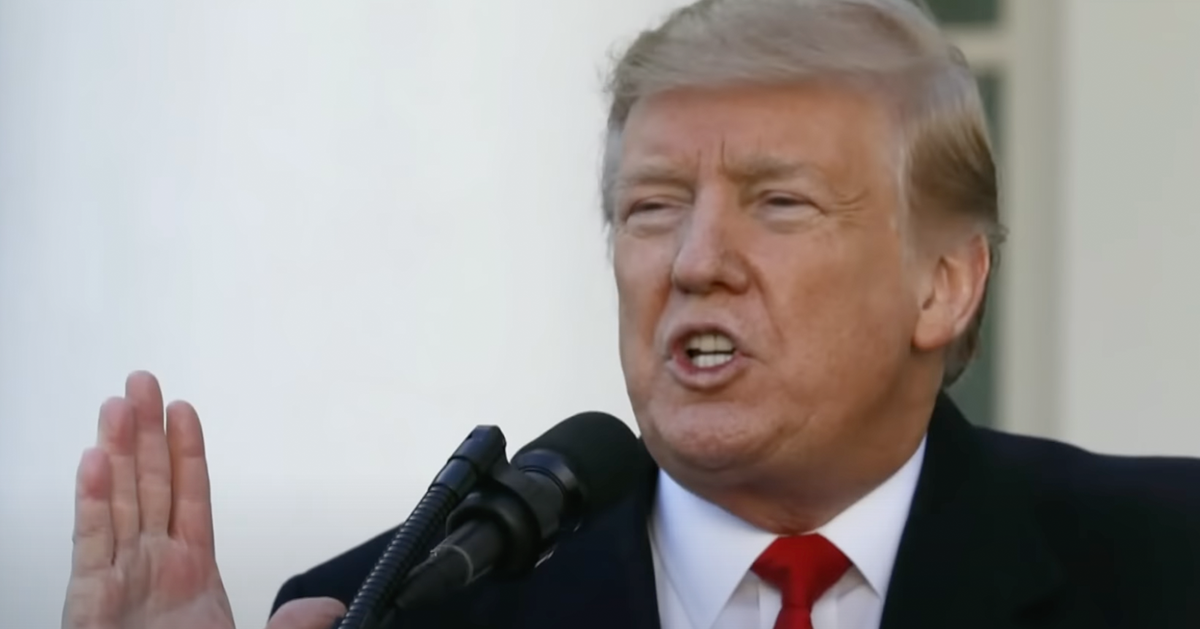Justice Samuel Alito Challenges ATF's Attempted Redefinition of Firearms
In a compelling display of judicial scrutiny, the U.S. Supreme Court held oral arguments over the contentious new rule from the Bureau of Alcohol, Tobacco, Firearms, and Explosives (ATF) concerning so-called "ghost guns."
The case in question, Garland v. VanDerStok, probes the federal agency's attempt to classify partially completed gun parts as fully realized firearms, invoking a series of pointed analogies from the justices, including Samuel Alito, as Breitbart reports.
The central issue in the case revolves around ATF's Final Rule 2021-05F. The rule intends to redefine the notion of a "firearm" to encompass partially finished pistol frames and other components that the ATF believes could readily be converted into functional weapons.
Justice Alito Employs Everyday Analogies
Alito was at the forefront of questioning this redefinition during the arguments. He employed analogies that drew a parallel between common household items and the components of a firearm to challenge the government's stance.
The conservative justice presented an everyday scenario asking whether a blank pad and a pen could be construed as a grocery list, challenging the logic behind labeling incomplete parts as completed items. This approach sparked a broader discussion on the boundaries of such definitions.
He further extended this analogy by juxtaposing elements of cooking. Alito pondered whether individual ingredients like eggs, chopped ham, peppers, and onions constituted a Western omelet when placed together on a counter.
Further Insights from Other Justices
Justice Amy Coney Barrett joined the dialogue with a distinct angle. She speculated whether the analogy would differ if the ingredients stemmed from a meal delivery service like Hello Fresh, drawing a humorous yet poignant link to the case.
Justice Neil Gorsuch also probed the implications of the ATF's definitions. His line of questioning revolved around the application of "ordinary meaning" to nouns as used by Congress or defined within the U.S. Code.
During the proceedings, Gorsuch highlighted a significant detail from a 2021 government declaration. It stated that an unfinished frame or receiver was not categorized as a firearm, a point that could be critical to the court's decision.
Implications of Redefined Terms
At the core of the controversy is whether the change by ATF extends beyond what Congress intended when crafting definitions of firearms in federal law. The government argues it is necessary to address the rise of ghost guns, which lack serial numbers and evade regulation.
However, the justices' concerns about the broad application and potential future ramifications of such a redefinition came to the fore during the discussion. The decision in this high-profile case could have significant implications for gun regulation.
Justice Alito's pointed questions and analogies seem to underscore a broader judicial apprehension about federal overreach and the precise language of regulatory measures, indicative of the court's current disposition towards administrative rules.
Potential Outcomes of the Court's Decision
Legal experts following the case suggest that the ruling could either reinforce the ATF's broad enforcement powers or rein them in to align more closely with traditional interpretations of firearms.
The case has drawn substantial attention from both advocacy groups and gun rights supporters, who are keenly observing how the legal definitions might shift under the Supreme Court's lens.
As the justices deliberate, the potential impacts extend beyond legal boundaries, touching upon societal interpretations of rights, regulation, and the scope of federal authority.
Broader Impact of Ghost Gun Regulations
The Garland v. VanDerStok case resonates with ongoing national debates about gun control, safety, and the balance of power between regulation and constitutional rights.
The final decision, expected in the coming months, will likely influence future legislative and regulatory measures surrounding firearms and their components. This cements its status as a landmark case with wide-reaching effects.
The outcome could shape not only the methodology around regulatory definitions but also the future of innovation within the gun manufacturing industry.






